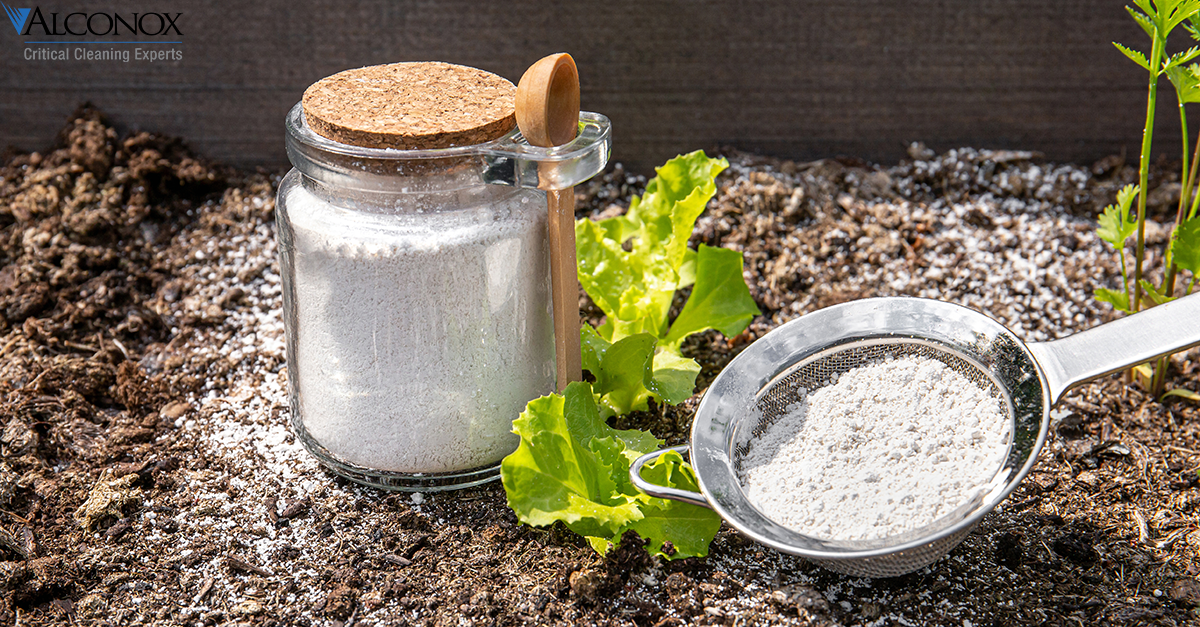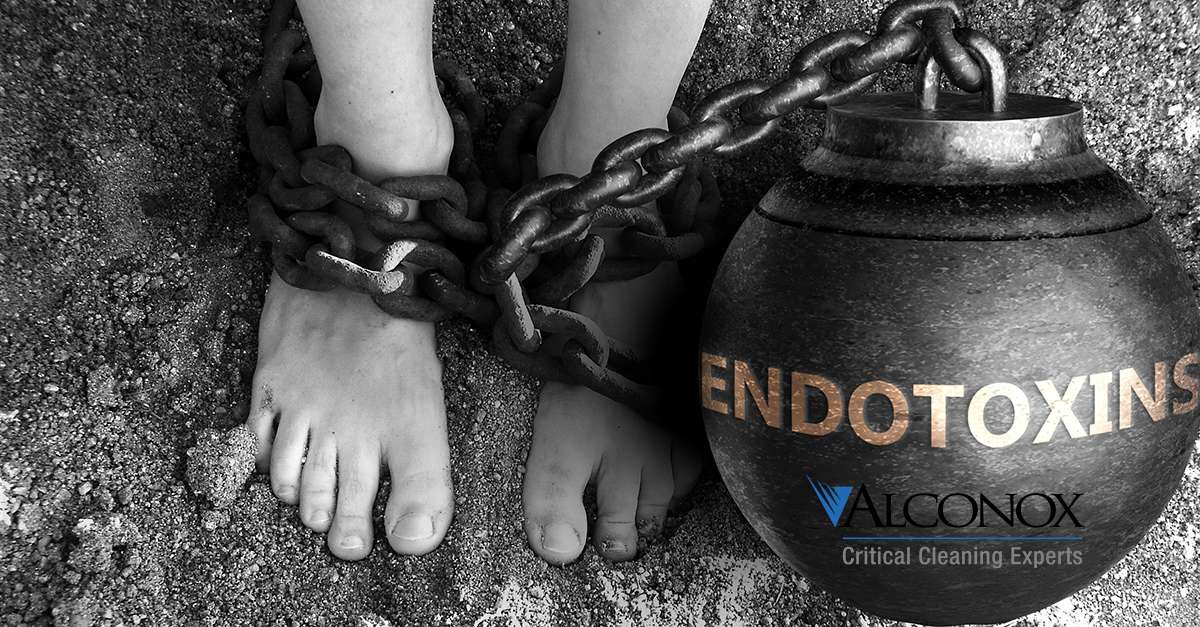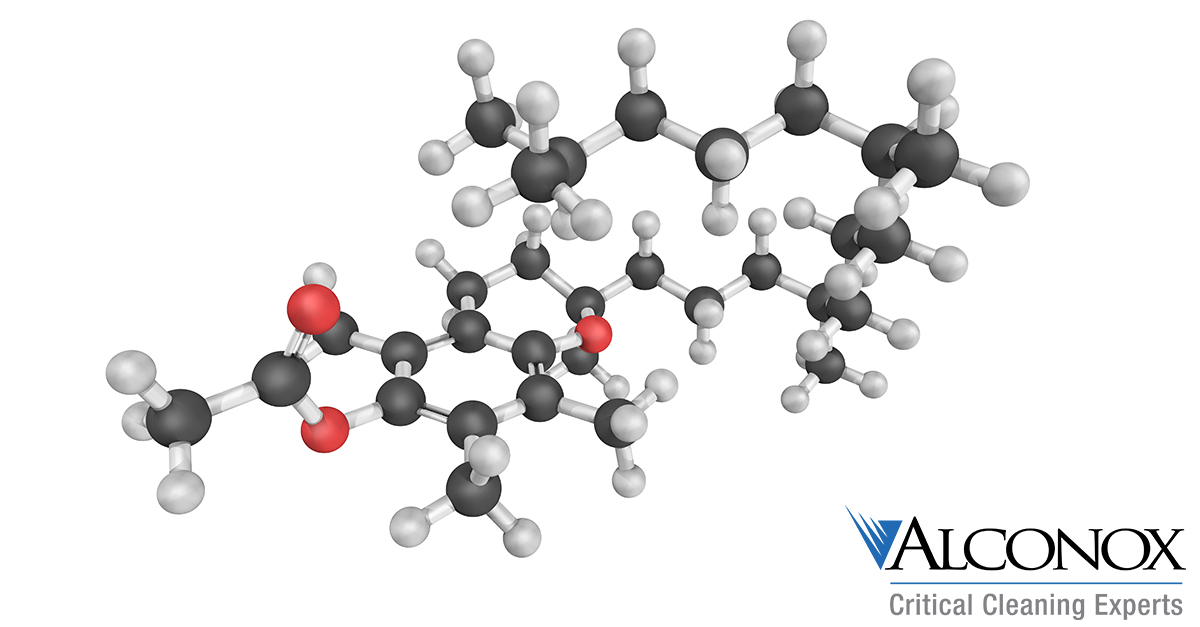Cleaning Diatomaceous Earth Residues
Q: We need to remove diatomaceous earth from filter screens. What detergent do you recommend?
A: Diatomaceous earth, also known as filter aid, diatomite, celite, and other names, has a wide range of uses, including pest control, abrasives, and of course filtration. As it is composed of both organic and inorganic matter, knowing which detergent to use is a very valid question.
Remove Endotoxin Residue
Q: Does Alconox detergent remove endotoxin?
A: Detergents like Alconox® Powdered Precision Cleaner and Liquinox® Critical Cleaning Liquid Detergent, and others, have been used for decades around the globe to create surfaces devoid of residues. A detergent cleaning is a vital part of a depyrogenation program.
Vitamin E Cleaning
Q: You recently recommended hot water for cleaning cosmetics grade silicone that we were having a big problem with. That seemed to be the missing peace. We have the same struggles with Vitamin E Acetate. Should we use hot there?
A: Vitamin E acetate, or alpha-Tocopherol acetate, can definitely be a cleaning challenge. And indeed heat would be my initial recommendation.
How To: Safely Clean Organic Debris from Devices
Q: We need a detergent to clean organic debris and deactivate pathogens on medical devices, which is not corrosive. What would work for us? The devices include electronics parts and sensors.
A: For removal of biologic and organic debris and matter in medical devices, we first recommend Tergazyme® Enzyme-Active Powdered Detergent….
Undissolved Washer Detergent Sign of Bad Seal?
Q: We are having issues with undissolved detergent that is persisting. We make sure the compartment is dry before use. Can we try a liquid?
A: It sounds like you have a cup in door washer for the powdered detergent. The seals there are not designed to hold a liquid – of course some seals are better than others, but they are more for powders and gels (think home dishwasher gel at home).




